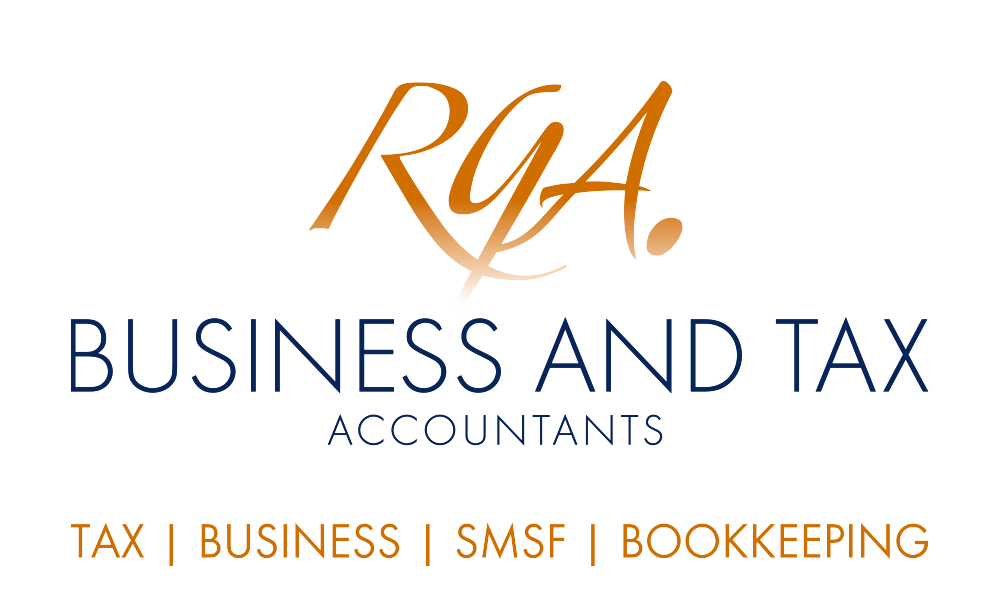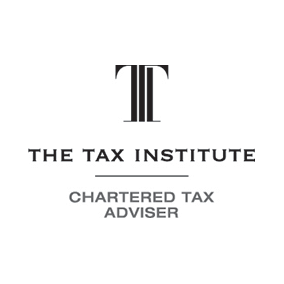
Running a business and ensuring your employees are paid the correct super can be difficult and inadvertent mistakes can be made from time to time. Previously, a mistake may not be picked up for years after it occurs, but with the advent of single touch payroll, the ATO now has more data than ever to ensure that the correct super guarantee payments are made and impose penalties where the payments are not correct. So, if you make a mistake, what are the conditions that you have to satisfy to obtain a remission of the additional super guarantee charge penalty?
With the transition to Single Touch Payroll almost complete for all employers within Australia, the ATO now has considerably more information to identify superannuation guarantee non-compliance in real time. Employers that do not make sufficient quarterly superannuation contributions for each employee by the due date will be liable to the superannuation guarantee charge (SGC), a penalty which is not deductible to the employer.
Generally, SGC equals the superannuation guarantee shortfall, which is made up of the total of the individual super guarantee shortfalls for all employees for the quarter, an interest component of 10% per annum and an administration component of $20 per employee per quarter. If an employer has a shortfall, they are required to lodge a superannuation guarantee (SG) statement by the 28 th day of the second month following the end of the quarter.
Where the employer lodges their SG statement late or fails to provide information relevant to assessing liability to SGC for the quarter, they may be subject to an additional penalty of 200% of the amount of SGC. This additional penalty is automatically imposed on the employer by superannuation law.
While the ATO does not have discretion to remit or waive the interest and administration components of the SGC, it does have discretion to remit some of the additional 200% penalty provided the employer satisfy certain conditions. According to information released by the ATO, penalty relief will only be applied on limited circumstances where it is considered that education is a more effective option to positively influence behaviour (ie an employer with SG knowledge gaps that has led to non-compliance).
In addition to the above, an employer is only eligible for penalty relief where they have a turnover of less than $10m and they:
- do not have a history of lodging SG statements late;
- have lodged no more than 4 SG statements after the lodgement due date in the present case;
- have no previous SG audits where they were found to have not met their SG obligations; and
- have not previously been provided with penalty relief.
An employer cannot receive penalty relief where they have:
- been issued with an SG default assessment;
- lodged more than 4 SG statements after the lodgement due date in the present case; or
- previously been issued with an SG education direction.
The percentage of penalty remission depends entirely on an employer's degree of compliance.
For example, where there is severe/repeated disengagement or where the ATO is of an opinion that the employer has engaged in a phoenix arrangement, there will be no remission of additional penalty, hence the penalty will remain 200% of the SGC. On the other side of the spectrum, where an employer lodges an SG statement after the due date but before any ATO contact (including instances where an employer makes initial contact with the ATO to disclose a shortfall, followed by the lodging of SG statement after discussions), the additional penalty may be reduced to 20% of SGC.
The ATO may also consider other relevant facts of circumstances to further increase penalty remission, including:
- natural disasters;
- contractor vs employee – employer has reasonable argument;
- incorrect advice or guidance by the ATO;
- malfunction or outage of key ATO system causing employer to miss lodgement due date;
- ill health of employer or key employee of employer; or
- non-compliance occurred in the first year of operation, and principals had no previous business experience.
Confused?
If you're running a business, paying the right amount of super at the right time to your employees can be the most challenging part of the business. If you're unsure of whether your business has made the correct super guarantee payments, we can help you work that out. We can also help you liaise with the ATO to obtain the best possible outcome in the event that your business has a shortfall. Contact us today.









